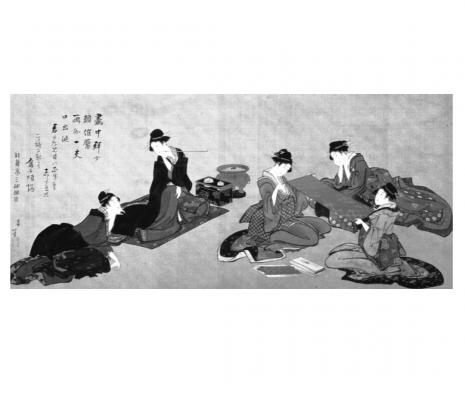Brown Color in Japanese Culture during Edo Period
DOI:
https://doi.org/10.69598/sbjfa240988Keywords:
Brown Color, Cha iro, Edo period, Wabi sabiAbstract
Color schemes in every culture were originated with regard to historical and cul- tural conditions. Japanese people in Edo period were conformed by the Bakufu’s (the Edo’s government) rules. Normal people were prohibited from wearing bright and beautiful colors. However, with their wealth from their mercantile activities, these people especially merchants developed their own taste of darker tones of colors and used them in both their normal life and art objects. For example, they developed a nomenclature of which each color was expanded into more than a hundred tones. Examples include grey, brown, and blue. These colors were treat- ed as a manifestation of feelings, and were used in various cultural forms such as cloth, ceramic reflecting wabi sabi aesthetic, architectural elements, and more. All the colors mentioned in this article still function as an inspiration for contemporary designers at the present time.
Downloads

Downloads
Published
How to Cite
Issue
Section
License
The journal's editorial team does not have to agree with the views and comments in the author's article, nor are they responsible for the comments.











